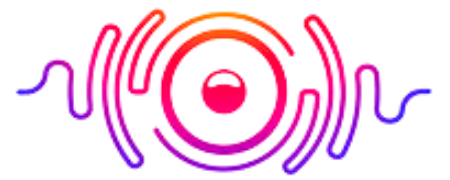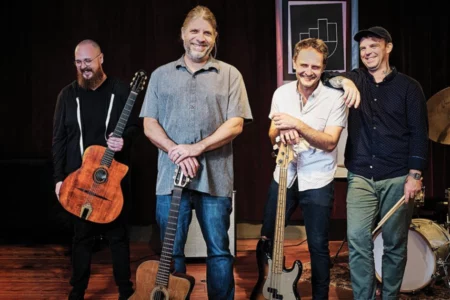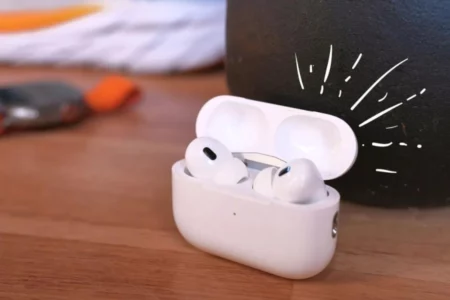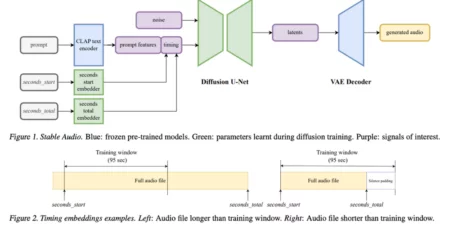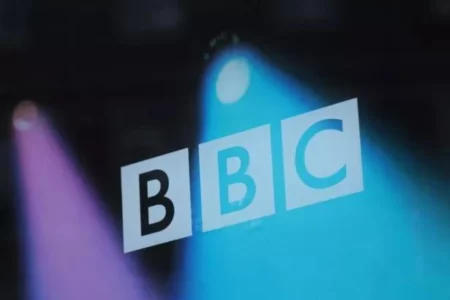Working with tabs is fine but learning sheet music will help you advance your guitar playing or pique your interest in classical guitar. Not only you can find classic guitar compositions in guitar tabs, but you can also find them in guitar sheet music. But learning this is a good transferable skill.
It can be intimidating to first glance at sheet music. It appears to be a collection of guitar sheet music symbols, lines, and words in French or Italian. However, if you understand the meaning of each sign and how the lines and spaces function, it becomes as simple as reading a book.
You must first realize that there are various approaches to writing guitar music. Knowing which path is best for you is crucial. By the end of this article, you will understand how to read guitar sheet music.
How To Read Guitar Notes on Sheet Music for Beginners?
how to read sheet music guitar? The treble clef, or top half of the grand staff, is used to write music for guitar. These guidelines help beginner guitar sheet music to read easy guitar sheet music. You can also read classical guitar sheet music after reading this article.
Latest Post: How Many Strings Does a Guitar Have?
1) Recognize the Staff of Music
How to read guitar sheet music with numbers? You know you have written music when you see five lines capped off at the ends. There will be a clef, a series of numbers, such as 4/4, and flats or hashes designating the key on the far left. These components come together to form a musical staff.
Guitar also has a special way of writing music called tablature. Unlike standard musical staffs, tabs contain six lines instead of five, no clef, and frequently have the word Tab written on the left side.
In treble clef, all guitar music writes. With the bottom looping around the second-lowest line of the staff, the symbol on the extreme left will always be a cursive G.
2) Memorize the Notes
How to read bass guitar sheet music? Use the acronym Every Good Boy Does Fine to help you remember the notes for each line on the staff. Each line on the staff represents a note, such as an A, E, or another.
You play the note indicated by the note symbol on the line, but you must be aware of which line corresponds to which note. The notes are E-G-B-D-F, or Every Good Boy Does Fine, starting from the bottom up.
New Post: Tips How To Play Guitar? From Beginning to Advance
3) Memorize the Space
Remember the abbreviation FACE for the spaces between the lines. The staff covers nine different notes because the gaps between the lines also serve as note symbols (not counting sharps and flats, which will be covered later). The space stand for the letters FACE, which stands for F – A – C – E. The finished staff seen from the top, including the spaces, is as follows:
- F
- E
- D
- C
- B
- A
- G
- F
- E
4) Use the Basic Staff
To achieve higher and lower notes, use the ledger lines above and below the basic staff. The minuscule lines above and below the staff simply expand the sheet music’s range beyond the five lines on the staff. You must memorize the notes above and below each line as you proceed.
5) Read the Key Signature
To determine what key the music is in, look at the key signatures composed of sharp, flat, and natural signs. Between the staff and the time signature is the key signature. Three signals — ♯, ♭, ♮ — will be placed together on the staff in some combination to form the signal.
To be familiar with them, you’ll need to memorize key signatures; the one shown in the video above is in the key to D. However, even if you don’t have the key, they still provide helpful information:
- You change that note depending on whatever line the symbol falls on. The F line and C space have sharps in the example mentioned earlier.
- It means that every note you play along with these lines must be sharp. It keeps you on key automatically.
Latest Article: How To Clean Guitar Strings at Home?
6) Use of Time Signature
To identify the song’s rhythm, use time signatures. The time signature indicates the number of beats per measure in the music. The most typical is 4/4, which denotes four quarter-note beats in every step.
It is a fancy way to keep time with the song; you count out “1, 2, 3, 4, 1, 2, 3, 4, 1… etc.” In other time signatures, such as 3/4, the measure’s “three quarter-note beats,” as in “1, 2, 3, 1, 2, 3, 1,” has a different number of beats.
7) Use of Vertical Bars
To determine the end of each measure, use the vertical bars on the staff. If you want to assist you in coordinating with a band, frequent numbers above each line indicate which measure you are currently on.
8) Recognize the Different Types of Notes
The position of a note on a line or in a blank space instructs you which note to play; the type of note leads you to how long to play it. For each measure, a whole note, a half note, and so on, down to thirty-second notes, are played. Just get accustomed to the many note types you will probably encounter for the time being:
- Whole notes: O
- Whole notes with a vertical tail and quarter notes with a hollow core are considered half notes.
- Quarterly notes: ♩
- Rests are periods during which no music should play; they are indicated by thick “–” marks for whole and half pauses and squiggles for quarter note rests.
Read Also: What Causes Fret Buzz and How to Fix it?
How To Read Guitar Tabs?
The notes on a guitar tab list in chronological order, and you can read from left to right. The numbers represent a chord when they vertically align in a line. To read the guitar tab correctly, beginners must become familiar with the six strings and the positions of the various frets. They will be able to do this and use the guitar tab as a reference to find the right notes to play.
Comprehension of Guitar Tab Staff
The standard notation staff resembles the staff used in the guitar tab. The staff lines in the guitar tab depict the six strings rather than the actual notes, which is one significant distinction.
The top line represents the high E string, and the below line represents the low E string. Thanks to this, beginners will find it simple to play the guitar tab, and the staff will be marked “TAB” to prevent confusion with conventional notation.
Understanding Of Guitar Frets
The metal strips that span the fretboard on a guitar are called frets. Most modern guitars have 19 and 24 frets and may be between them. One note or half step separates each fret from the next. Most guitars have fret marks on the side of the neck or the fretboard, and there are 12 notes in each octave.
When playing, you can quickly identify the fret locations thanks to these markings, normally located at the third, fifth, seventh, ninth, and twelfth frets.
Comprehension Of Guitar Tab Staff Chords
Even though chords in the guitar tab do not have any unique symbols, their position makes them simple to recognize. A chord performs when several notes are displayed to line up vertically. Even if you are fretting a chord, it will look like single notes if it arpeggiates.
Understanding Guitar Tab Riffs
Riffs are a common element in rock music. Riffs typically consist of a mix of single notes and fragments of chords. The standard guidelines for the guitar tab for riffs play multiple notes simultaneously when two or more of them line up vertically.
Understanding Chord Charts Vs. Guitar Tabs
How to read guitar sheet music chords? There are a few ways that a guitar tab differs from a typical chord chart. A chord chart is a graphic that indicates which finger to use and where to fret each string to form a chord.
The guitar tab can include a chord chart, typically placed above the song’s lyrics, to show when the chords change. Only the three to four distinct notes that make up a certain chord must display in chord charts.
Understanding Fingers and Numbers
While chord charts are like a snapshot of your fretboard, tablature is linear. As a result, chord charts employ a numbering scheme that specifies which fingers to play.
The fretting hand pulls the strings down on the fretboard and has numbered fingers. The pinky finger on number 4, the ring finger on number 3, the middle finger on number 2, and the index finger on number 1.
The numbers used in the guitar tab indicate which fret to play rather than use the finger; this differs from the tab. Guitar tabs might include chord charts to instruct learners on how to set up their hands for playing.
Symbols, arrows, or letters represent the strumming patterns (U or D). Each is displayed either next to the chord in the guitar tab or, if displayed independently, on the beat. The strings are shown from lowest to highest when included in a tab. For instance, a downstroke indicates if the arrow is pointing upward.
Ghost notes, which silence while being plucked to produce a percussive sound, are notes. They are commonly used before a note to add some peculiarity to the sentence. Simply place the left hand over the string to deaden it and pluck it with the right hand to play a ghost note.
If you have the right resources, learning guitar alone isn’t difficult. If you take faulty advice, learning guitar alone might be challenging. Online guitar lessons can simplify with the correct YouTube videos, articles, and tutorial mix.
